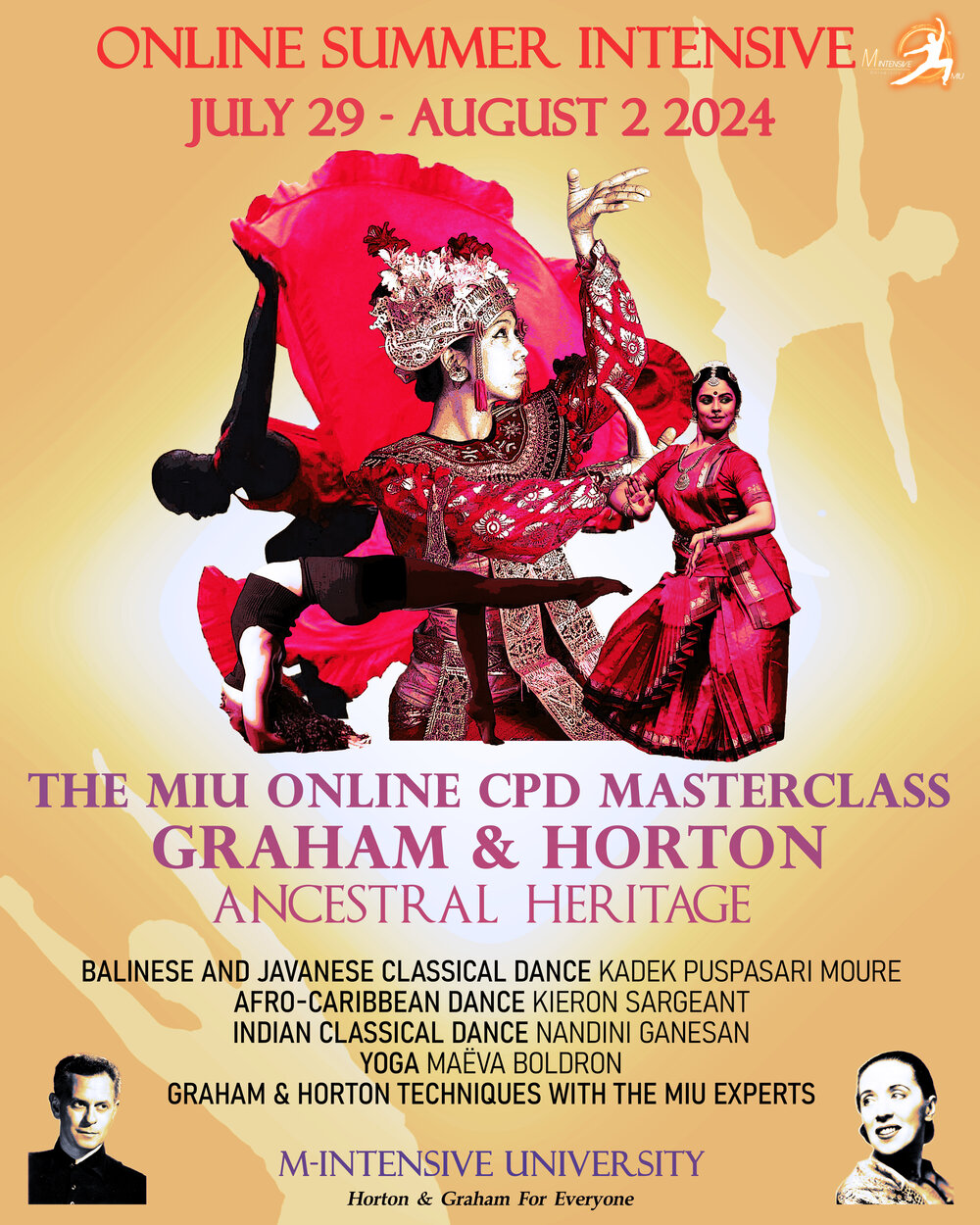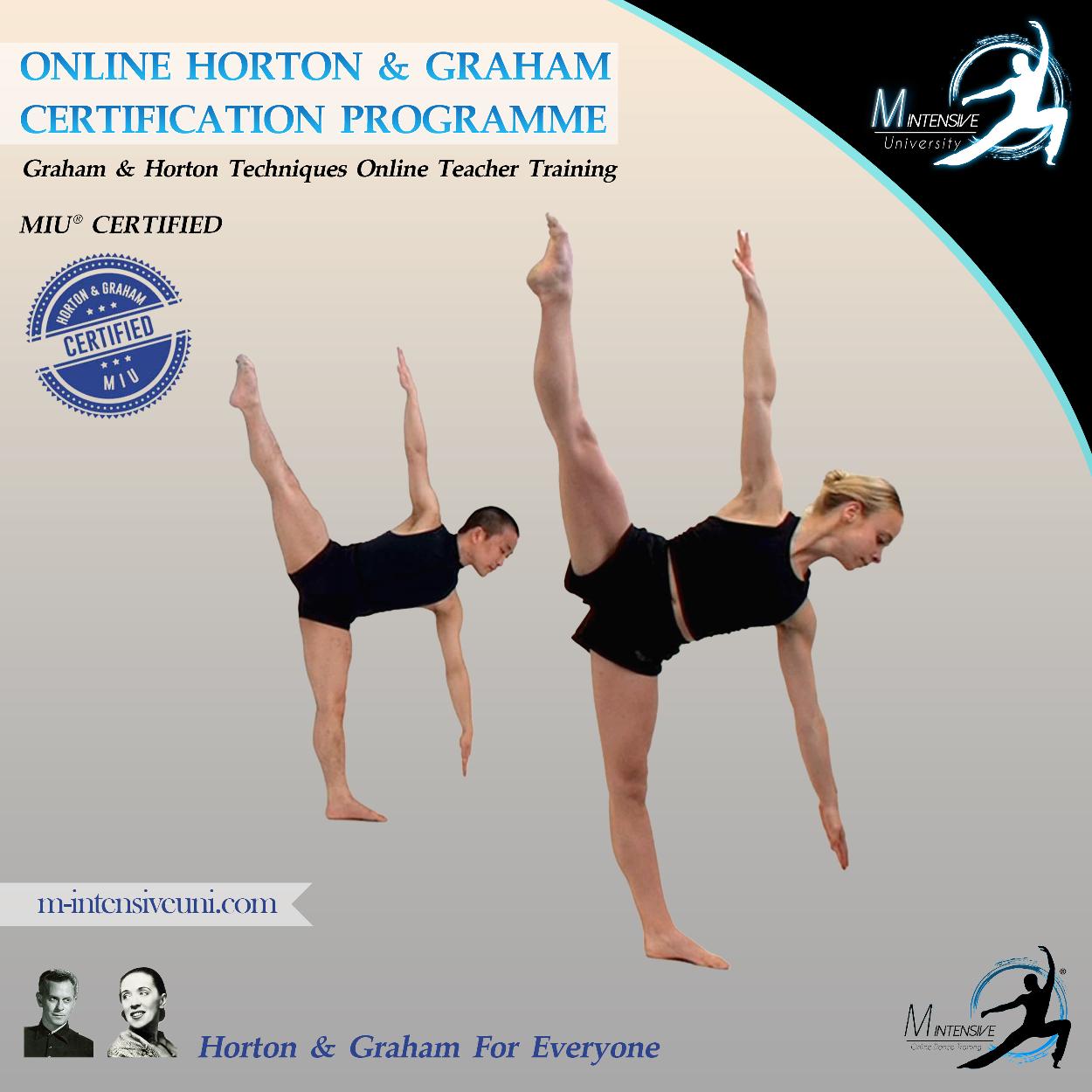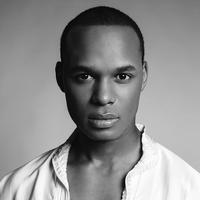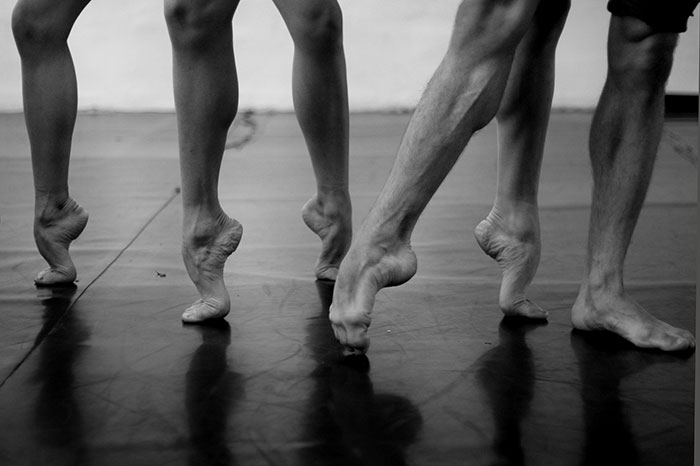Disclosure: This article contains some affiliate links. If you click on a link leading to a purchase, we may earn from qualifying purchases at no extra cost to you, but it helps keep our site running; thank you for supporting us in this way. This does not influence our recommendations, and we will always only recommend products that we love!
Have you read our previous article?
Updated in March 2024
The Guide is addressed to any teacher regardless of their background. Whether you want to become a dance teacher, started teaching recently, or are an experienced tutor, if your passion is gone, this article is definitely for you, too.
These are simple tips to get started, and they are a good reminder of essential values for any experienced teacher.
I dedicate this article to you, who taught me so much. Everything you gave me is a precious gift that I deeply respect, cherish, and share every single day.
Always by my side...
To my mentors,
Thank you.
Read once today and read again in the future if it is needed.
1. ARE YOU READY?
I'm going to start with this one; although it might not be your case, it is still worth reading about it.
One of the most significant matters in the dance teaching world is that some people start teaching too young or for the wrong reasons (a bit more on the latter in 2).
Too many dance teachers receive professional dance training for a few years and then start teaching after graduation.
If you are healthy and in your 20s, I urge you to please focus on performing first, as you can still make it happen! We will be waiting for you, dance! travel! enjoy and come back to us when you've done that! Trust me, the more you will learn as a performer, the better teacher you will become.
If teaching is your ultimate dream and always has been, well, the same applies to you!
Especially if you want to teach aspiring professional dancers, ask yourself if you would be able to teach the real purpose of dance. Remember that dance is an art form meant to be shared with an audience.
If you jump into teaching without having had a dance career yourself beforehand, how would you be able to teach that? If you can't perform full-time at the moment, maybe join a company on a part-time basis, find an institution able to provide you with some stage experience, or be a freelancer.
I agree that not everyone can have a dance career, but did you try? If you are reading this article at this stage, please reconsider that.
Did you try everything you can to have a career? Unfortunately, many dance teachers start their teaching career after "giving up," if your absolute dream is to be a performer, please stop right there, and before continuing, read our previous article:
The Real-life of a dancer and how to deal with it like a Pro
2. START WITH WHY
It might seem obvious, but it's not. Did your circumstances force you to become a teacher? Are you teaching only for money? Or perhaps you genuinely love it, which is great!
To become a great teacher, you must know why you are teaching, and most of all, you must want it very hard. Teaching is not easy and is quite demanding, both physically and mentally.
Teaching only for money is never a good start; if you hate what you are doing because you are doing it "between jobs," it won't work. You might teach aspiring professional dancers or amateurs, whatever. They can feel it. Teaching is fun, but it is also a big responsibility. Be sincere.
Knowing why you do it will shape your entire career and give a purpose to your life.
3. A STRUCTURED AND POWERFUL CLASS
To find the perfect job for you, you must first polish your class.
Your class must be unique and structured: warm-up, stretching, set exercises, technique, diagonals, jumps, and finish with a combination. ALWAYS. I have taken many classes in my career, and not every teacher ends with a routine which is a real shame.
You might be overwhelmed initially because managing your time is not always easy, but you will get better at this. A class usually runs for 1h30min, sometimes less and sometimes more if you teach a workshop.
The most crucial point is to make your students DANCE! Many teachers get stuck on technique; I made that mistake too! Then some teachers even teach routines only if they "deserve" them. Please don't do that. Whatever the level of your students, beginners or professionals, finish your class with an excellent combination, even a short one, it is so important.
It is also the best way for you to showcase your choreographic skills, and it is an excellent opportunity for your students to apply everything they've learned during your class.
You want the dancers to leave happy and motivated. Make sure to finish your class with a routine!
4. HOW TO FIND A JOB
There are many ways to find a job.
You can go the traditional way and check the job adverts, but there is also a better method: Spontaneous applications!
It is way more efficient, and I guarantee you that it works. The good thing about it is that you make yourself known, it is excellent for networking, and it's, therefore, very effective in the long term. I found most of my dance jobs this way, create your future position!
Present yourself the best you can. Here is how to prepare the best job application:
Your application must include:
- Cover letter (Explain briefly who you are and what you have to offer)
- Join a CV (Make it spectacular and modern)
- Join a biography (A real plus in the Performing Arts Industry)
- Some dance photos (Not too much, you are a teacher, so not more than 2)
- Showreel of your class if possible (Not compulsory, but it can help)
Now find all the dance schools in your town, then send your application via email to all of them; it's like the lottery. You want the best results; therefore, you must play big. Make sure to send it to relevant dance schools, of course, and wait.
I have taught internationally for the past 12 years, and this method worked well for me! Always. I remember sending over 456 CVs in 52 countries to offer Horton and Graham workshops. I didn't get 456 answers, probably 60.
I created excellent networking, made myself known in places I have never been, received a few job offers for workshops, taught a few trial classes, and guess what? I found a great job in the end!
Another great way to promote yourself is to have your website! This is such a powerful tool. I love the extraordinary and cheap service offered by Fiverr! The freelancers available on the platform are talented and fast; you can rely on them to create the best website for you and even your CV! A freelancer made mine, and it's exactly what I needed.
Do not hesitate to use professionals. They know better, plus they save you lots of time and energy!
Click here to find The Perfect Freelancer on Fiverr.
The good thing about promoting your dance services via your website is running Google ads! This is so helpful! You will need a web hosting company for that; it is way cheaper than we think, though Bluehost can take care of it and provide you with your own domain name.
Click here to get in touch with Bluehost.
Be proactive, do not just wait for job adverts; go out there and let people know about you!
5. TEACH WHAT YOU KNOW
Logical right? No, it is not. In 17 years, I've seen many things. Not always right, unfortunately. If you are not confident, do not teach yet.
When I started my dance journey, I wanted to be a teacher. I always knew; however, when I was a student, just after a few months, I realized something that changed my vision about teaching forever:
How on earth would I teach something I didn't understand myself?
And for this reason, I postponed teaching for long years. I wasn't ready; it was way too early. Not everyone understands that.
If you are genuinely interested in teaching a particular technique, know it well first; you should be able to share your experience with confidence to make sure that your students learn the right things. Learn your craft well, keep learning, and update yourself regularly. No one knows everything. It is down to you and the teacher you want to be. It took me several years to learn and understand the Horton and Graham techniques, and I'm still working on them every day.
It takes time and patience. Respect yourself and the dancers attending your class. Stay professional and teach what you know.
6. START ON THE RIGHT FOOT
New year, new students! You have never met them before, and the first impression is essential indeed:
DEFINE THE RULES OF YOUR CLASS.
If you want to teach in vocational schools, this is very important, and it must be said on your first day to make sure everyone sings from the same song sheet.
Do you know your rules? If not, I'm glad I mentioned it; find them! Pause and think about it now. Be reasonable, of course. Are you expecting them to treat you with respect at all times? Tell them. Would you love your students to work hard? Tell them. Are you expecting a specific uniform? Tell them. You must say anything you need to achieve the desired outcomes on your first day.
This is your class, and these are your rules. It is crucial for you and your student's well-being. Your students will know where you stand, and they will deal with it. Therefore they know what to expect, which is helpful. Define clear rules for their own good!
Also, the excellent point about verbalizing your rules is that you will educate them about self-discipline, which is critical for a successful career in the performing arts industry. Put that in their mind; they will thank you for that in a few years.
BONUS: You have said what you are expecting from them, don't forget to tell them what they will get in return. It is not about "I give you that if you do that," not at all. It is more about you all living under the same rules; they must know what you will do for them and hear how motivated and dedicated you are. You are serving them; they must know it.
It is teamwork. We are all in the same boat, and everyone wants the same thing: Success.
7. SMILE
Please smile!
I'm pretty demanding as a teacher, and I believe in discipline indeed. However, I'm not as rigid as I imagined.
I've seen many dance teachers in my career teaching an entire class without a single smile on their faces, not one! It is not about faking it but just being open-minded; you are not a wall. Some teachers believe that being very strict will create respect for their students, and although that can be partially true, it does not mean being cold and unapproachable. Show your students how happy you are; you can laugh with them. Create a positive atmosphere where they feel welcomed.
You will benefit a lot from that. Give it a try!
8. FIND THE RIGHT BALANCE
Here is beautiful feedback to explain my point; I couldn't have explained it better:
"[Dance teacher] is at all times 100% professional and has excellent attention to detail and an impeccable work ethic, strongly leading the team while maintaining an atmosphere of camaraderie."
Perfectly explained; You can't be too strict or too friendly. You must find the right balance.
That is why setting up rules at the beginning of the year is vital. When this is done, you have the freedom to explore and create a real nurturing relationship with your students. They know you are their teacher, and they will never cross the line because they know there is one! Now you can release the pressure. This is how being happy and smiling in your class is essential and helpful. Be strict and relax sometimes. You will achieve better results in this way.
When needed, remind them of the contract (your rules), make sure they improve and progress regularly, and sometimes encourage them by being a bit more relaxed and creative! Absolutely!
Let them express themselves! Allow them to "speak" in your class. Improvisation, workshops, or choreography! Learn about your students. You deliver the material but sometimes stop and watch how they use it.
Allow them to grow as artists, to step away from the technique to dance! It is not all about technique; you must remind them of that regularly throughout the year.
Challenge them, surprise them, guide them.

The MIU Online CPD Masterclass -Graham & Horton Ancestral Heritage
During a five-day virtual training course, you will discover how traditional forms of expression have influenced the Graham and Horton methods and contributed to creating essential shapes in contemporary dance techniques. After completing the course, you will be awarded a CPD certificate and free access to the replay for an additional five days.
9. JOIN THE FUN!
Dance with them!
Show them how it is done, not to show off but to inspire them! Share your energy with your students, and they will return that to you.
The dancers who attended my classes in the past 12 years love this part! I always dance with them at a certain point. It is easy to ask for things and sit on your chair for 1h30. Don't sit too long, be active, and don't lose that passion.
I didn't say to take your class as you are the teacher but dance when you can!
Give! You will always receive so much joy and satisfaction in return. Make your class fun and vibrant!
10. FROM THE STUDIO TO THE THEATRE
Everything we learn in the studio has a clear purpose.
Everything the students learn in your class, whether dancing, technique, or self-discipline, is applied on stage. I always remind them about that, and it's pretty engaging; they like it because it's motivating!
They are not just learning techniques, they are performers, and a performer must share their art.
11. BE FLEXIBLE
You can't be the same teacher when teaching professionals or amateurs.
Be demanding with aspiring professionals and be more flexible with amateurs. Make sure everyone learns in your class. Remind them why they are taking this class in the first place.
You might teach open classes, so you need to be likable if you want dancers to come back. Adapt constantly your class and your requirements to your audience.
12. BE RELIABLE
It can be tricky if you are still a performer.
That is why you must be ready before teaching full-time. People are counting on you; they trust you to share your knowledge during a particular time. Be reliable.
Your students trust you; they are learning from you, and believe it, you are valuable. We cannot replace great teachers quickly, so finish it when you have started something. You can still manage both careers successfully; everything can work out quite nicely with communication.
I made this mistake once, and today when I think about it, I know I could have done it differently and gotten the same result. I was fed up, and I quit a bit too fast, in my opinion. I would have left anyway, but it could have been smoother.
Indeed don't force yourself to do something you don't want to; it is not worth it. However, you can help by being reasonable. You will never feel trapped as long as you maintain clear communication.
13. USE YOUR VOICE, BE DYNAMIC!
What I mean by that is that it makes a massive impact on your class!
You will find your teaching style; everyone is unique, which is nice. The dancing will make your class enjoyable, of course, but also the way you deliver your work. It is not a show; it is a class, and dancers are coming to learn.
Nevertheless, I've always seen my class as an interactive performance and experience, I take people into my world for a moment, and it does make a difference.
The tone of your voice and the energy you send can make your students achieve so much more; they feel pushed and stimulated. Thus they give you so much more! It is not for you; it is for them and only them. Everything you do in your class is for your students. It is for the dancers.
Remember that: if you are bored in your class, everybody is.
14. YOU CAN'T HELP THEM ALL
Unfortunately, you can't be loved by everyone, and sometimes it might not work.
Not everyone is taking the train. You can be misunderstood occasionally, don't take it personally. Please don't give up on your students and give them more time.
Give your maximum, and remember that everyone learns at their own pace.
15. MASTER THE ART OF GIVING FEEDBACK
Providing your students with regular feedback is essential for their growth.
Unfortunately, you will also sometimes have to share negative observations. These might be difficult to hear for your students; however, they are highly beneficial.
It is not an easy task because no one enjoys giving bad news, but there is a way to minimise the disappointment:
When you share feedback, always finish with positive ones!
To do that, see the qualities in every one of your students and teach them to value that. This way, they understand the need to improve on a particular subject, and they also have positive notes to hold on to and maintain a positive image of themselves and their work in your class.
16. IT IS ALWAYS YOUR FIRST CLASS
This is the last piece of advice I will give you and perhaps the most important. For instance, applying this rule in your life after securing a job will always benefit your career.
Think about it every day; teach like it's your first day. This mentality will transform you, and you will do better every day. You will do more and more to improve and to achieve the results you have in your mind because YOU STILL CARE.
You are evolving; you will not be the same teacher in 5 years.
If you keep teaching this way, you will stay interested, and you will always be rewarded.
BONUS
Paperwork, paperwork, and paperwork!
It is quite an essential aspect of the dance teacher's life, and it can be challenging; however, there is a way: ACTION. Get started as early as you can; if you have lots of classes, create a folder for your entire year with every necessary document. When you have that ready, create a file for each class.
Print out all the most important schemes of work and put them in your folder. That will make your life easier as you will have everything at hand. It could also be on a laptop if it's more convenient; as soon as you have an essential document to deliver, do it as quickly as possible, ignore the deadline, be very proactive, and as early as you can about it.
That way, you will never feel overwhelmed by the paperwork. Stay always ahead.
I taught in many dance schools over the past 12 years, and paperwork is part of the deal.
Get used to it, and don't overthink it. DO IT!
I hope you have found my 16 essential tips helpful.
I WISH YOU A BEAUTIFUL AND FULFILLING TEACHING CAREER!
Thank you for reading; please share with your friends and family!

Become an MIU Registered Graham or Horton Technique Teacher
We are delighted to introduce the first online Horton and Graham techniques Certification Programme!
Become an MIU Registered Graham or Horton instructor with M-Intensive University by following our long-distance training.
MIU strives to be creative and unique while still honouring the traditional principles of Horton and Graham techniques as a means to respect this legacy. Our rigorous online teacher training features a mix of video modules and live classes.
Next on A Safe Place To Be:
The Ultimate Guide to a Complete Makeover
How to stay motivated? The Art of Visualisation!
The best dance application in 8 easy steps
Interview: A Dancer's Life, The Story of Don Prosch
Live a happy, healthy, and dancy life in 14 easy steps!
Free yourself from your biggest addiction: Sugar!
What Do Dancers Think About Social Media?
The real-life of a Dancer - And how to deal with it like a Pro
11 reasons why you shouldn't skip ballet
The New Dance Teacher's Guideline for Success
Disclaimer: All content provided on M-Intensive.co.uk is for informational purposes only. The owner of this blog makes no representations of the accuracy or completeness of any information on this site or found by following any link on this site. The owner will not be liable for any errors or omissions in this information nor for the availability of this information. The owner will not be liable for any losses, injuries, or damages from the display or use of this information. These terms and conditions of use are subject to change at any time and without notice.



